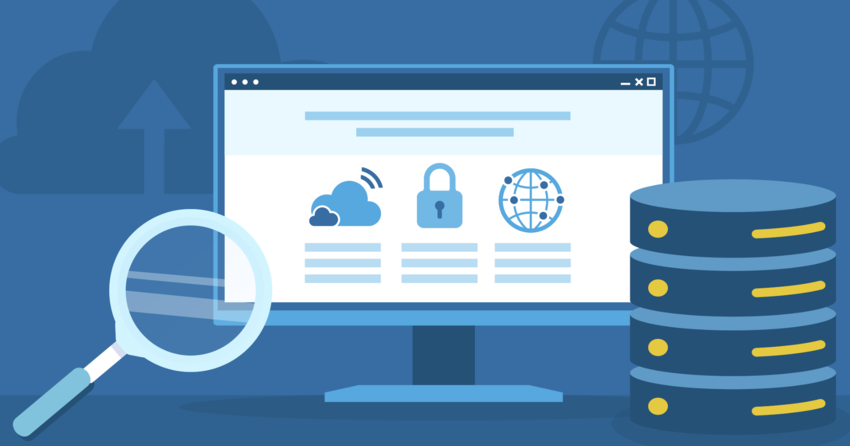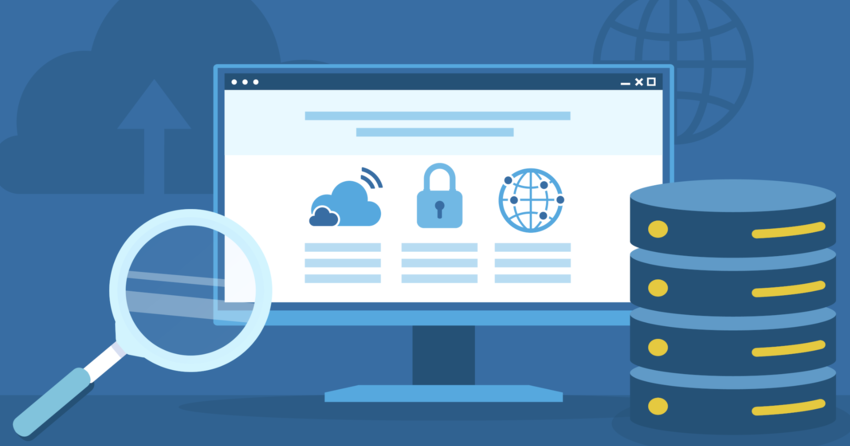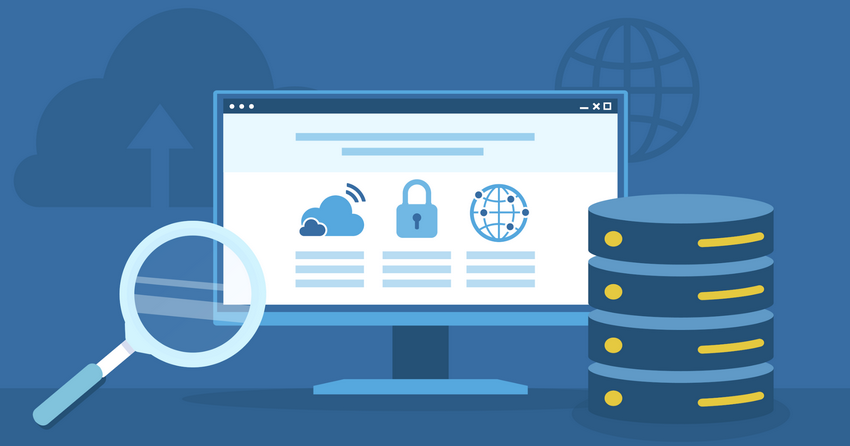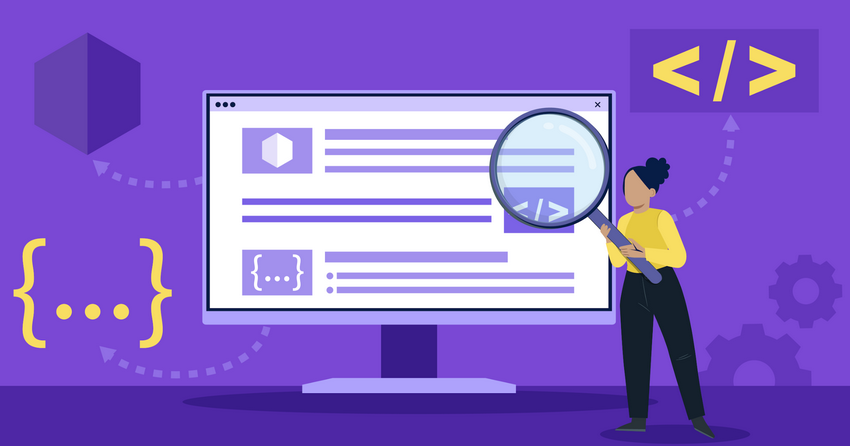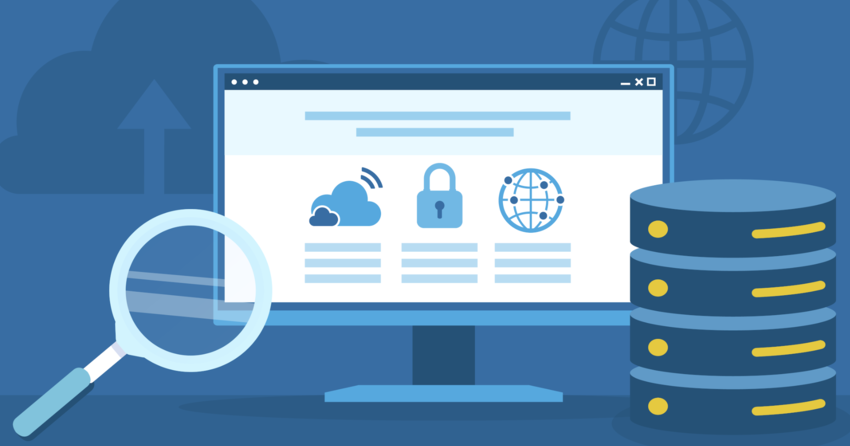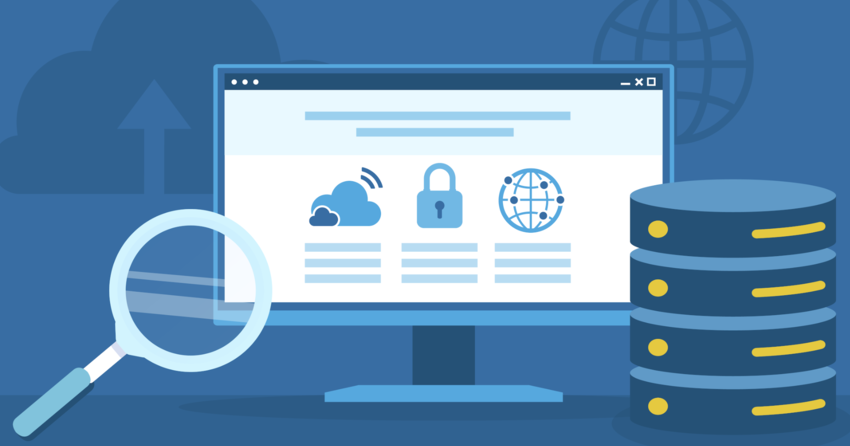Inside this Article
Definition of SLA
A service level agreement (SLA) is a commitment between a service provider and a client. It defines the level of service expected from the service provider and lays out the metrics by which service is measured, as well as remedies or penalties should agreed-upon service levels not be achieved. SLAs can exist between businesses and their customers, as well as between various departments within an organization. For example, an SLA may exist between a company and its external IT service provider, or between the company’s IT department and its finance department.How Do SLAs Work?
Service level agreements are essentially informed contracts that establish a mutual understanding of services, priorities, responsibilities, guarantees and warranties. Each area of service scope should have the “level of service” defined. The SLA will also specify metrics by which the services are measured, the duties and responsibilities of each party, remedies or penalties for breach, and a protocol for adding or removing metrics. Here’s a breakdown of how SLAs typically work:- Service Definition: The SLA clearly defines the services to be delivered. This includes a detailed description of each service, its availability, response times, responsibilities of both parties, escalation procedures, and metrics by which the services are measured.
- Performance Measurement: SLAs establish standards and metrics against which the service provider’s performance is measured. This might include quality, availability, responsiveness, or other measurable details.
- Problem Management: An SLA establishes a framework for reporting, managing and resolving any service-related issues. It details how issues are to be reported, the timeframes for response and resolution, and the escalation procedures if issues aren’t resolved within agreed-upon timeframes.
- Remedies and Penalties: If the service provider fails to meet the established standards, the SLA specifies the consequences. This might involve providing service credits to the customer based on the magnitude of the breach, or allowing the customer to terminate the agreement in case of repeated non-compliance.
- Regular Review: SLAs are regularly reviewed (often quarterly) to ensure that they are up-to-date and continue to meet the needs of both parties. Changes can be made as needed based on evolving requirements or lessons learned from any issues that arose during the previous period.
Key Components of an SLA
While the specific elements of an SLA can vary based on the type of services being provided and the industry, most service level agreements share some common components. These typically include:- Service Description: A detailed description of the services to be provided. This should include the service’s purpose, scope, key components, and any exclusions or constraints.
- Availability: The times during which the service is available, typically expressed as a percentage. For example, a service might be guaranteed to be available 99.9% of the time.
- Performance: The agreed-upon standards for how the service will perform, including response times, capacity, and other measurable details.
- Service Monitoring: How the service will be monitored, how its performance will be reported, and who is responsible for this monitoring and reporting.
- Incident and Problem Management: The procedures for reporting, tracking, and resolving incidents and problems. This includes definitions of severity levels, response and resolution timeframes for each level, and escalation procedures.
- Service Credits: The compensation provided to the customer if the service provider fails to meet the agreed-upon standards. This is usually in the form of credits on the customer’s bill.
- Roles and Responsibilities: A clear definition of the roles and responsibilities of both the service provider and the customer.
- Exclusions: Any circumstances under which the guarantees of the SLA do not apply. For example, scheduled maintenance windows or events outside the service provider’s control, like natural disasters.
- Change Control Procedure: The process for making changes to the service or the SLA itself.
- Termination: The circumstances under which the SLA can be terminated by either party and the consequences of termination.
Different Types of SLAs
SLAs can be classified in several ways, depending on the services being provided and the parties involved. Here are some of the most common types of SLAs:- Customer-based SLA: This is an agreement with an individual customer group, covering all the services they use. For instance, an IT service provider may have a customer-based SLA with a financial institution for all of their IT services.
- Service-based SLA: This type of SLA covers one specific service for all customers. For example, a mobile network provider may have an SLA that covers their 4G mobile data service for all customers.
- Multilevel SLA: These SLAs are split into different levels, each addressing different sets of customers for the same services. For instance, a software-as-a-service provider may offer a basic service level agreement for their non-paying customers, and a more comprehensive one for their premium customers.
- Corporate-level SLA: This covers all the generic service level management issues appropriate to every customer throughout the organization. These issues are likely to be less volatile and so updates are less frequently required.
- Customer-level SLA: This is a cover all SLA for all the services used by the customer organization, regardless of the service being used.
- Service-level SLA: This is a specific SLA for the services, with one for each service covered in the line of service-level SLAs. For example, one SLA would cover the live environment for payroll services and another SLA would cover the support for those services.
Benefits of Establishing an SLA
Implementing SLAs can offer numerous benefits to both service providers and their customers:- Improved Communication: SLAs foster better communication between providers and customers. By clearly defining the expectations and responsibilities of both parties, they minimize the potential for misunderstandings.
- Increased Accountability: SLAs hold service providers accountable to deliver the agreed-upon level of service. This accountability can help to improve the quality and reliability of services.
- Clearer Expectations: By explicitly stating service levels, response times, and availability, SLAs remove ambiguity and set clear expectations. Customers know exactly what to expect from their service provider.
- Performance Measurement: SLAs provide a baseline against which to measure the performance of a service provider. This allows for objective evaluation of service quality.
- Dispute Resolution: In the event of a service disruption or failure to meet agreed-upon service levels, an SLA provides a framework for dispute resolution and compensation.
- Service Optimization: The process of creating an SLA often helps providers to better understand and streamline their service delivery.
- Competitive Advantage: For service providers, having well-structured SLAs can be a competitive advantage, as it demonstrates a commitment to service quality and customer satisfaction.
Common SLA Metrics
SLAs are built around a set of metrics that quantify the level of service. The specifics can vary widely based on the type of service being provided, but some common metrics include:- Availability: The percentage of time that a service is available and operational. This is often measured on a monthly or yearly basis.
- Response Time: How quickly a service provider responds to a customer request or ticket. This may be broken down into different categories based on the severity or urgency of the request.
- Resolution Time: The time it takes for a service provider to resolve an issue or request.
- Defect Rates: For software or application services, the number of defects reported over a given period.
- Customer Satisfaction Scores: Metrics based on customer surveys or feedback.
- Security Measures: For services that involve sensitive data, SLAs might include metrics around security measures and incident response times.
- Throughput: For data or transactional services, the amount of data processed or transactions completed in a given timeframe.
- Error Rates: The number of errors or issues encountered over a certain period.
How to Establish an Effective SLA
Creating an effective SLA involves several key steps:- Understand Your Services: Before you can define service levels, you need to have a clear understanding of the services you offer. This includes the features of each service, how they’re delivered, and what’s required to maintain them.
- Know Your Customers: Different customers may have different service requirements. Understand what’s most important to your customers and what they expect from your services.
- Define Your Metrics: Based on your services and customer expectations, define the key metrics that will be used to measure service performance. Ensure that these are specific, measurable, achievable, relevant, and time-bound (SMART).
- Set Realistic Targets: Your service level targets should be based on what you can realistically deliver. Consider your historical performance data and current capabilities when setting these targets.
- Establish Monitoring and Reporting Procedures: Determine how service levels will be monitored and reported on. This should include the tools and processes used, as well as the frequency of reporting.
- Define Roles and Responsibilities: Clearly outline the responsibilities of both the service provider and the customer. This helps ensure accountability and avoid misunderstandings.
- Plan for Contingencies: Consider what happens if service levels are not met. This should include problem resolution procedures, escalation paths, and compensation or penalties.
- Review and Refine: SLAs should be living documents. Plan to review and update them regularly based on changes in your services, customer needs, or lessons learned from service incidents.
Challenges with SLAs
While SLAs can be very beneficial, there are also some common challenges associated with them:- Defining the Right Metrics: Choosing the right metrics to include in an SLA can be difficult. The metrics need to be relevant to the service, measurable, and within the control of the service provider. Focusing on the wrong metrics can lead to misaligned incentives.
- Setting Appropriate Targets: Service level targets need to be realistic and achievable. Setting the bar too high can lead to constant breaches of the SLA, while setting it too low can result in subpar service.
- Monitoring and Reporting: Accurately monitoring and reporting on service levels can be complex, especially for more intricate services. It requires robust tools and processes.
- Keeping SLAs Up-to-Date: As services, technologies, and customer needs evolve, SLAs need to be updated to reflect these changes. However, this can be a time-consuming process and is often neglected.
- Balancing Costs and Service Levels: Higher service levels often come with higher costs. Service providers need to strike a balance between offering high-quality service and keeping costs manageable.
- Managing Multiple SLAs: Service providers often have to manage multiple SLAs for different customers or services. Ensuring consistency and meeting all commitments can be challenging.
- Dispute Resolution: Even with an SLA in place, disputes can arise. Resolving these disputes can be time-consuming and strain the relationship between the provider and the customer.
Best Practices for Managing SLAs
Effectively managing SLAs requires a proactive and organized approach. Here are some best practices to consider:- Collaborate with Customers: Involve your customers in the SLA development process. Understand their needs and expectations, and ensure that the SLA aligns with these.
- Be Realistic: Ensure that your SLAs are based on realistic, achievable service levels. Overpromising can lead to constant breaches and erode trust.
- Automate Where Possible: Use tools to automate the monitoring and reporting of service levels. This can help to reduce errors and free up time for more proactive service management.
- Communicate Regularly: Keep your customers informed about service performance, even when you’re meeting the SLA. Regular communication helps to build trust and prevent surprises.
- Have a Contingency Plan: Despite best efforts, service disruptions can occur. Have a plan in place for how to handle these situations and communicate with customers.
- Train Your Team: Ensure that all relevant team members understand the SLAs and their roles in meeting the agreed-upon service levels.
- Continuously Improve: Use the data from your SLAs to identify areas for improvement. Continuously work to refine your services and processes.
- Review and Update Regularly: Schedule regular reviews of your SLAs with your customers. Use these reviews as an opportunity to ensure the SLA still aligns with current needs and to make any necessary updates.




